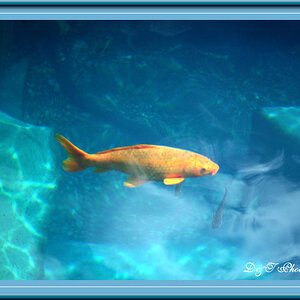Antithesis
No longer a newbie, moving up!
- Joined
- Aug 24, 2007
- Messages
- 1,340
- Reaction score
- 16
- Location
- Caribbean
- Website
- www.epanderson.com
- Can others edit my Photos
- Photos OK to edit
For my next trip, I was thinking I want to shoot film and maybe use a rangefinder. I've lugged around a full digital kit with pro lenses and everything, and I feel like it starts to get in the way and can unmotivate me to lug it all around to take pictures. So, that has led me to rangefinders. Also, the place I'm going is Peru and I will be going in the rainy season. That means that there will be a lot of dampness going on, and would require me to either shoot film or bring weather-sealed bodies and lenses, and I really don't feel like lugging a bunch of heavy glass around. Not to mention, I need to rebuy my camera kit, and a film camera and lenses will cost quite a bit less.
I'm yet undecided on bodies, but as of now I'm very interested in the Voigtlander Bessa R, but I'm concerned about the plastic body and possible shutter issues. I do, however, like the internal meter and the plethora of available lenses. The bright viewfinder would be a huge bonus as well. I really want to go with screwmount lenses specifically for the voigtlanders as well as old Canon rangefinder lenses.
The other option is to find a well loved (read: heavily used) Leica M3 with a screwmount adapter for a couple hundred more and not have to worry about it breaking down in the middle of Machu Picchu. The obvious concern would be the lack of a meter, which is something I've always been reliant on. I would probably get a meter for it and train myself the exact settings required for different light and eventually stop using it. I'm aware that bright sunlight is 1/125th at f16, but that doesn't help me in the shade or in a dark building.
The other options are a Leica screwmount body, though I've heard the finders are horrible and they are pretty clunky, or maybe a Canon P (but that even gets me almost into the M3 territory), and I still need a meter for both.
So, my main questions are, what would you do in my shoes? Also, for those that don't use a meter, how long does it take to be able to 'wing it' in tricky light?
Thanks and sorry for the novel.
I'm yet undecided on bodies, but as of now I'm very interested in the Voigtlander Bessa R, but I'm concerned about the plastic body and possible shutter issues. I do, however, like the internal meter and the plethora of available lenses. The bright viewfinder would be a huge bonus as well. I really want to go with screwmount lenses specifically for the voigtlanders as well as old Canon rangefinder lenses.
The other option is to find a well loved (read: heavily used) Leica M3 with a screwmount adapter for a couple hundred more and not have to worry about it breaking down in the middle of Machu Picchu. The obvious concern would be the lack of a meter, which is something I've always been reliant on. I would probably get a meter for it and train myself the exact settings required for different light and eventually stop using it. I'm aware that bright sunlight is 1/125th at f16, but that doesn't help me in the shade or in a dark building.
The other options are a Leica screwmount body, though I've heard the finders are horrible and they are pretty clunky, or maybe a Canon P (but that even gets me almost into the M3 territory), and I still need a meter for both.
So, my main questions are, what would you do in my shoes? Also, for those that don't use a meter, how long does it take to be able to 'wing it' in tricky light?
Thanks and sorry for the novel.



![[No title]](/data/xfmg/thumbnail/34/34130-336ba02cc837fdcc84b79f822e841df2.jpg?1619736301)
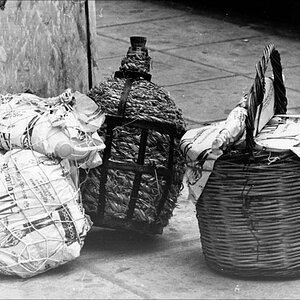

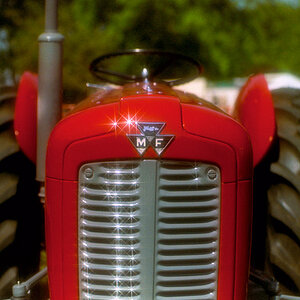
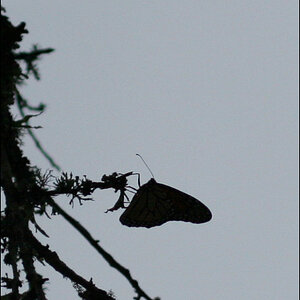
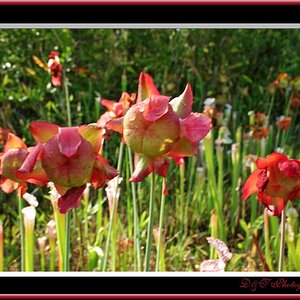
![[No title]](/data/xfmg/thumbnail/37/37488-1946adf246ec6e047915c668d3dcff15.jpg?1619738111)
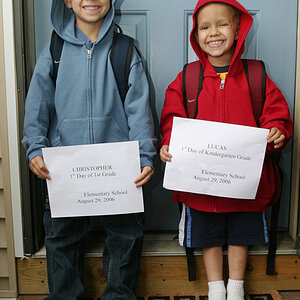
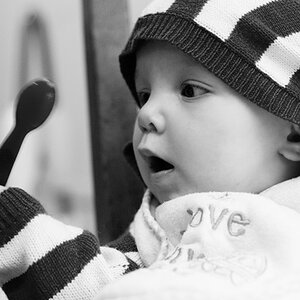
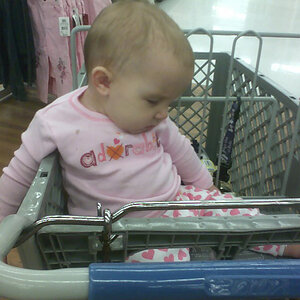
![[No title]](/data/xfmg/thumbnail/32/32929-22e23acc63d6ecb25e5ee941be87121f.jpg?1619735758)
